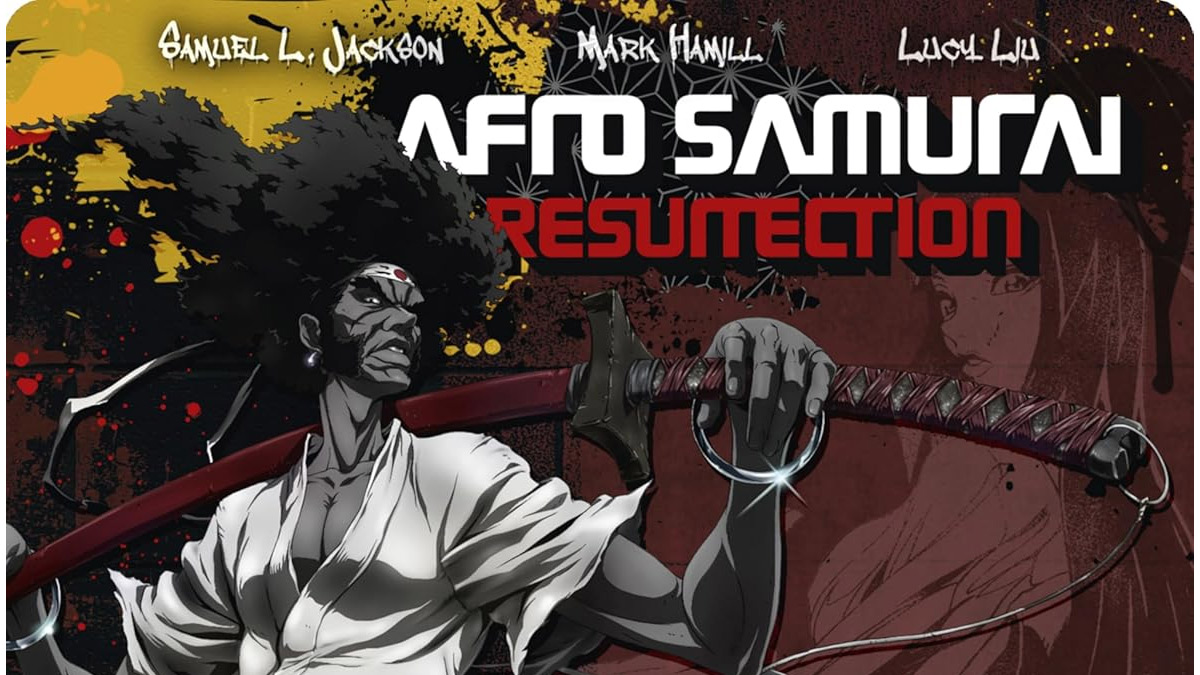Afro Samurai is not just another anime; it’s a cultural phenomenon that blends Japanese samurai traditions with hip-hop culture, creating a unique narrative that has captivated audiences worldwide. This iconic series, rooted in a tale of revenge and honor, stands out for its stunning animation, dynamic characters, and a soundtrack that resonates with the beat of the streets. For a deeper understanding of anime culture, you can explore this resource.
The Origins of Afro Samurai
Afro Samurai originated as a Japanese manga series written and illustrated by Takashi Okazaki. The manga’s unique blend of feudal Japan with futuristic elements quickly garnered attention, leading to its adaptation into an anime series. The storyline is set in a world where technology and tradition collide, and where the quest for power is symbolized by the iconic Number One and Number Two headbands.
The Symbolism of the Headbands
At the heart of Afro Samurai’s narrative are the legendary headbands. The wearer of the Number One headband is considered the strongest warrior in the world, while the Number Two headband is the only one who can challenge them. This creates a perpetual cycle of violence, as warriors seek to gain power and honor by defeating the current Number One. Afro, the protagonist, is driven by the need to avenge his father’s death at the hands of the previous Number One, making the headbands a powerful symbol of vengeance and destiny.
Afro Samurai: The Main Characters

Afro
Afro is the stoic and skilled swordsman who has dedicated his life to avenging his father’s murder. His journey is one of bloodshed and loss, as he battles countless foes to achieve his goal. Afro’s character is defined by his relentless pursuit of justice, a trait that makes him both feared and respected in the world of the anime.
Ninja Ninja
Ninja Ninja, Afro’s companion, provides a stark contrast to Afro’s serious demeanor. Often acting as comic relief, Ninja Ninja’s role is to voice Afro’s inner thoughts, doubts, and fears. Though he appears to be a separate entity, Ninja Ninja is revealed to be a figment of Afro’s imagination, embodying the protagonist’s suppressed emotions.
Justice
Justice, the antagonist of the series, is the current holder of the Number One headband and the man responsible for Afro’s father’s death. His character is shrouded in mystery, and his motivations are complex. Justice represents the ultimate challenge for Afro, embodying the corruption and moral decay that comes with absolute power.
Game
Afro Samurai is also a video game, in addition to being an anime and manga series. The game is based on the anime and was released for platforms like PlayStation 3 and Xbox 360. The first game, titled “Afro Samurai,” was released in 2009 and features a blend of action, combat, and narrative elements that closely follow the storyline of the anime.
A sequel, “Afro Samurai 2: Revenge of Kuma,” was released in 2015, but it received poor reviews and was eventually pulled from digital stores due to negative feedback. The games are known for their stylized graphics, intense swordplay, and the incorporation of the hip-hop soundtrack that the anime is famous for.
The Art and Animation of Afro Samurai
Afro Samurai is renowned for its visually striking animation style. The series combines traditional Japanese art techniques with modern animation, creating a unique aesthetic that is both gritty and fluid. The fight scenes, in particular, are masterfully choreographed, with each movement captured in stunning detail. The use of bold, contrasting colors, especially the stark black and white tones, emphasizes the brutality of the battles and the somber mood of the series.
Influence of Hip-Hop Culture
One of the most distinctive aspects of Afro Samurai is its integration of hip-hop culture, most notably through its soundtrack. Produced by RZA of the Wu-Tang Clan, the music complements the anime’s themes of revenge and struggle. The beats and rhythms of the soundtrack echo the intensity of Afro’s journey, adding another layer of depth to the series. The influence of hip-hop extends beyond the music, influencing the characters’ speech patterns, the setting’s design, and even the pacing of the narrative. Learn more about hip-hop’s influence on media through this article.
The Legacy of Afro Samurai
Afro Samurai has left an indelible mark on both anime and popular culture. Its success led to the release of a sequel film, “Afro Samurai: Resurrection,” and even a video game adaptation. The series has been praised for its originality, its fusion of diverse cultural elements, and its ability to tell a compelling story that resonates across different audiences.
Cultural Impact
Afro Samurai’s blend of Eastern and Western influences has made it a global phenomenon. It has inspired a new generation of anime creators and has expanded the reach of anime into mainstream Western culture. The series has also been recognized for its portrayal of African American characters, something that is still relatively rare in anime. Afro Samurai’s success has paved the way for greater diversity and representation in the genre.
Final Thoughts
Afro Samurai stands as a testament to the power of storytelling that transcends cultural and geographical boundaries. Its unique blend of samurai lore, hip-hop culture, and stunning animation has cemented its place in the pantheon of great anime. As we reflect on its impact, it’s clear that Afro Samurai will continue to be a source of inspiration and influence in the world of animation and beyond.

